Over the past four years, Uzbekistan has been living under conditions of cardinal changes. As part of the Action Strategy launched in 2017 in five priority areas, reforms were launched in all spheres of the state and society.
The strategy is being completed next year, but now we can start summing up the interim results. At the same time, it is advisable to compare the changes in socio-economic indicators of Uzbekistan with countries similar to it in political, social, geographic conditions with neighbors in the region.
GDP dynamics
In the course of reforms in recent years, the legal conditions and rules for doing business in Uzbekistan have dynamically changed, which usually takes time to restructure the established development model. This led to a slight slowdown in economic growth rates to 4.5% in 2017.However, the adaptation of economic entities to the new conditions occurred quite quickly, which made it possible to return to increasing production to 5.4% in 2018 and 5.6% in 2019 and also maintain its position in this indicator in the region. In the long term, the GDP of Uzbekistan in constant prices at the end of 2019 increased 1.7 times by 2010, while the GDP of Kazakhstan - 1.4 times, Kyrgyzstan - 1.5 times.
Food ratio of the GDP of Uzbekistan to the GDP of the Central Asian countries, recalculated in terms of PPP. In fact, this reflects the change in the volume of the economy of Uzbekistan to the volume of the economies of neighboring countries. Thus, relative to Kazakhstan and Kyrgyzstan, there is an increase in the indicator from year to year. The GDP of Uzbekistan relative to the GDP of Kazakhstan increased from 47.1% in 2017 to 48.2%, of Kyrgyzstan - from 6.6 to 6.9 times. GDP per capita in purchasing power parity in Uzbekistan for the period under review increased by 3.6% on average per year, which also outstrips the dynamics of the indicator in Kyrgyzstan and Kazakhstan.
Structural changes
It is also necessary to pay attention to changes in the structure of GDP by industry. At the time, the agricultural sector predominated in all economies of the Central Asian countries. Governments sought to set a course for the transition from an agrarian-industrial structure to an industrial-agrarian one. To a large extent, it was possible to change the structure of the economy of Kazakhstan, but in this process there was an increase in the extractive sector of the industry.
Serious changes have been taking place in the structure of Uzbekistan's GDP in recent years. The service sector remains dominant, but decreased by 3.6 percentage points relative to 2016. The agricultural sector, which accounted for 30.8% in 2016, decreased in 2019 to 25.5%. At the same time, the share of industry in Uzbekistan has significantly increased, which led to its predominance over the agricultural sector. The share of industry increased from 18.7% to 27.3%. In fact, we are talking about the forced industrialization of the economy. At the same time, it should be noted that the main increase falls on the manufacturing industry, whose share in GDP increased from 11.5% in 2016 to 19.6%.
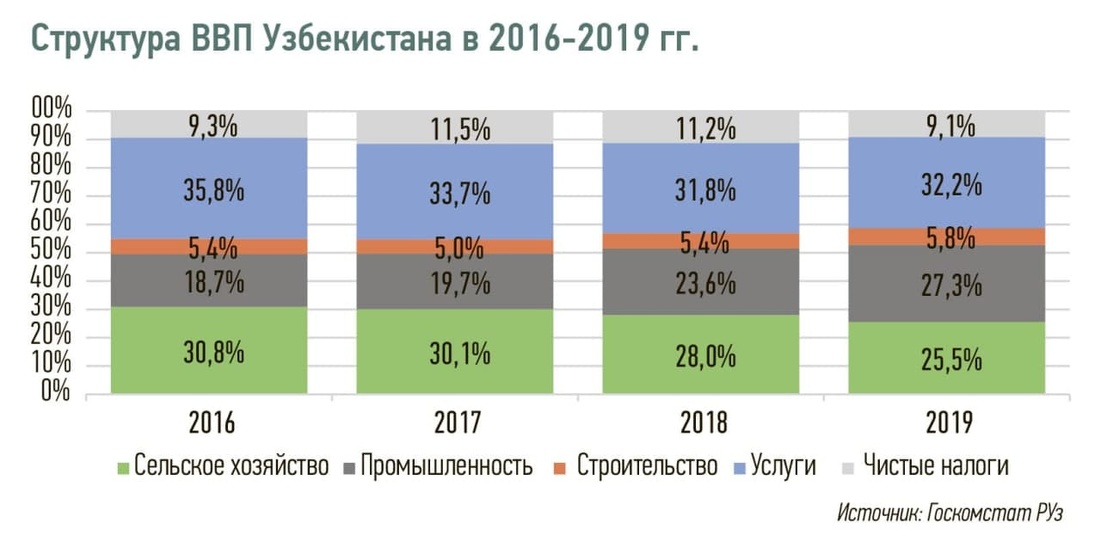
No significant changes were observed in the structure of the economy of Kazakhstan over the period under review. In the long term, there is a decrease in the share of the service sector after a peak in 2015 at the level of 59.4% to 55.5% in 2018-2019. In contrast, the share of manufacturing sectors is increasing. Despite the constantly declared need to reduce dependence on raw materials production, the role of the extractive industry has been increasing in recent years.
There are no major changes in the structure of the GDP of Kyrgyzstan either. As a continuation of long-term trends, it is necessary to note the progressive increase in the share of the construction sector from 8.4% in 2016 to 9.7% in 2019.The share of agriculture is also gradually decreasing. The industry and service sectors fluctuate indefinitely from year to year.
Attraction of investments
One of the main directions of the economic policy of the government of Uzbekistan is increase in the volume of attracted investments in the economy, both external and internal. Central Asian countries also attach great importance to stimulating investment activity. However, the results of these activities remain different. If investments in Uzbekistan grew dynamically, and the high dynamics remained throughout 2017-2019, in other Central Asian countries such outstanding results are not observed. In Tajikistan, after a successful investment in 2018, the investment flow went into negative territory the next year.
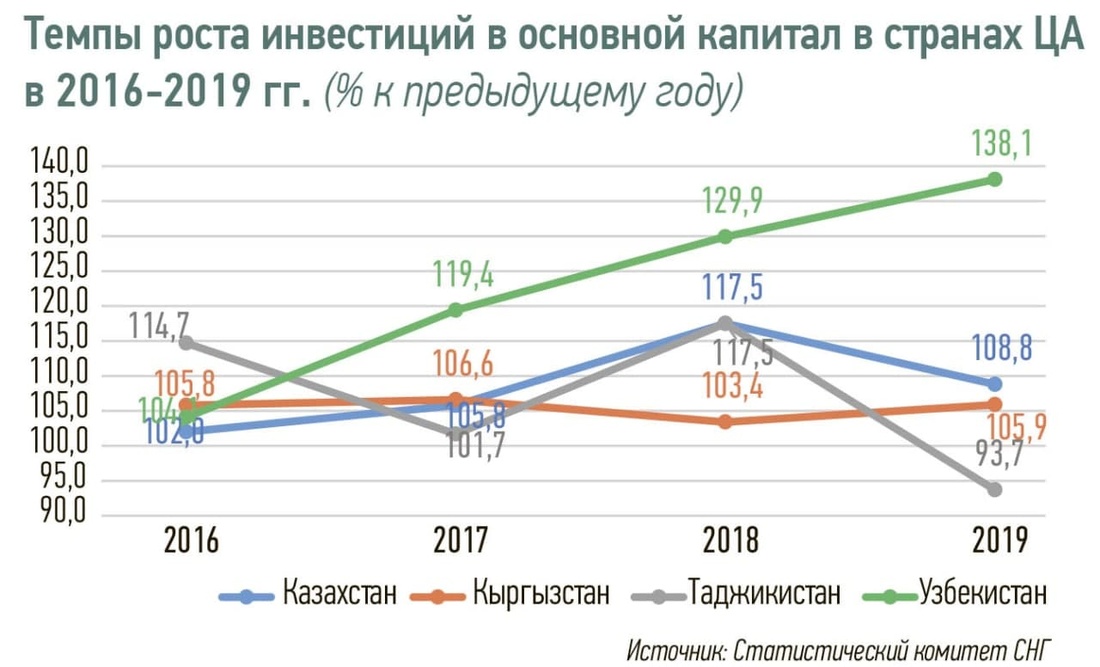
The investment dynamics of recent years relative to 2000 volumes is also noteworthy. According to the CIS Statistical Committee, in 2019, compared to 2000, investments in Kyrgyzstan increased 4.1 times, Kazakhstan - 7.6 times and in Uzbekistan - 10.4 times.
Another important indicator of the effectiveness of measures taken in attracting additional resources to the economy and increasing capital investment is the ratio of investment to GDP. The unprecedented investment activity in Uzbekistan in recent years has led to an increase in this indicator from 21.1% in 2016 to 38.3% in 2019. For comparison: among other Central Asian countries, the level of investment to GDP remained relatively high only in Kyrgyzstan.
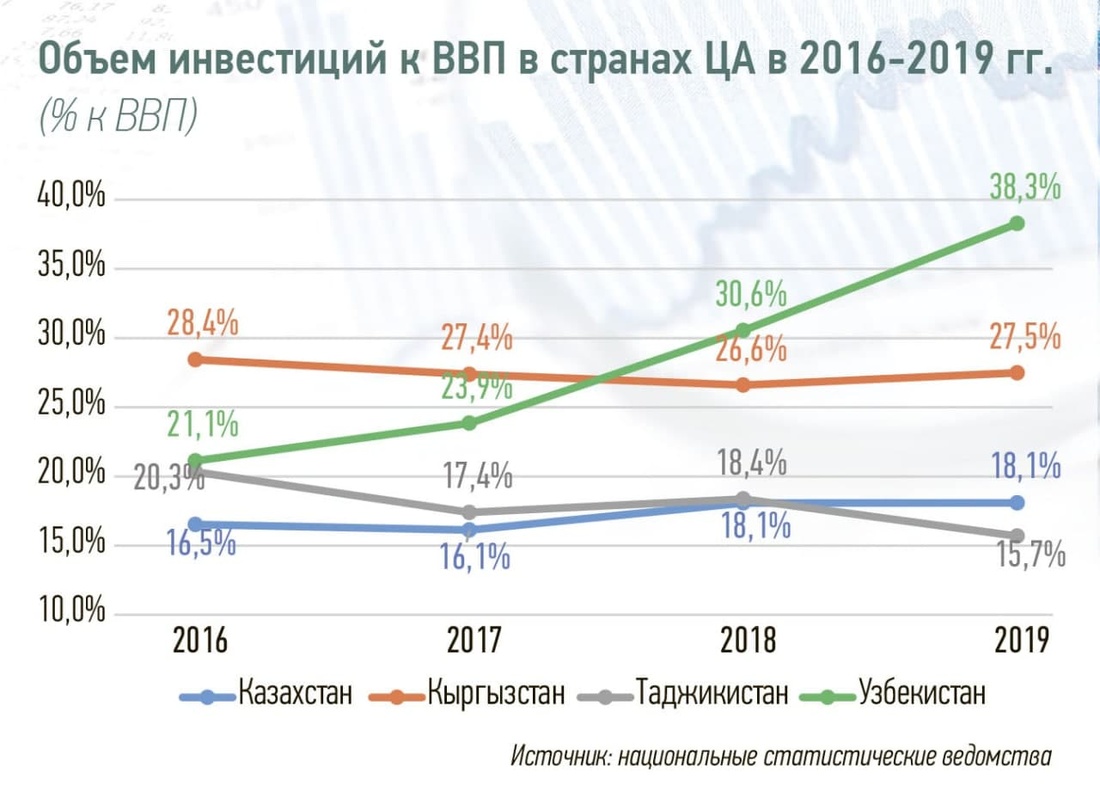
Thus, the investment policy of Uzbekistan in recent years has yielded very positive results. Reducing the tax burden on enterprises, providing guarantees and strengthening the protection of investors' rights, improving the policy in the field of transparency and predictability of economic conditions for a favorable business in the country have made it possible to multiply the inflow of investment resources, especially foreign ones.
Agriculture
The agricultural sector of Uzbekistan in recent years has been undergoing cardinal and in some areas revolutionary metamorphoses. The previously regulated relations between agricultural producers, tenants and the state are gradually being freed from excessive control in the course of reforms. At present, the agricultural sector of Uzbekistan is the largest in Central Asia in terms of output. Thus, the volume of output of agriculture, forestry and fisheries in Uzbekistan in 2019 amounted to $ 25.4 billion, while in Kazakhstan - $ 13.5 billion, Kyrgyzstan - $ 3.2 billion and Tajikistan - 2.9 billion dollars. In 2019, the volume of agricultural production in comparison with 2000 increased in Uzbekistan 2.7 times, Kazakhstan 1.9 times, Kyrgyzstan 1.6 times.
Industry
Industrial production in Central Asian countries varies greatly. However, all countries traditionally pay increased attention to increasing industrial production.
The industry in Kyrgyzstan and Tajikistan is not comparable with the size of industrial production in Uzbekistan and Kazakhstan, therefore, as a comparative indicator for Uzbekistan, it is advisable to use the dynamics of the development of Kazakh industry, relative to which industrial production in Uzbekistan has been developing at a faster pace in recent years. According to the CIS Statistical Committee, the industry of Uzbekistan in 2019 compared to 2000 grew 2.7 times, Kazakhstan - 2.5 times. In recent years, in Uzbekistan, the average annual growth rate of industry was 8.9%, Kyrgyzstan - 7.2%, Kazakhstan - 3.7%.
As mentioned above, all CA countries are striving to industrialize their own economies. The priority is to move away from the raw material structure and increase the output of products with high added value. This is especially true for Kazakhstan, Turkmenistan and Uzbekistan. But to date, Kazakhstan and Turkmenistan still have economies heavily dependent on the production and export of raw materials, especially hydrocarbons, making them highly susceptible to global commodity market shocks. For Uzbekistan, this also remains an urgent problem.
In recent years, the structure of industrial production in the CA countries has changed in different ways. In Kazakhstan, the share of the extractive industry increased again. If by 2016 the share of the mining sector decreased to 49.4%, then by 2019 it increased to 54.4%.
The manufacturing industry is dominant in Tajikistan, Kyrgyzstan and Uzbekistan. In Kyrgyzstan, the share of the manufacturing industry in 2016-2019 increased from 77.8 to 79.1%, however, in some previous years, the manufacturing industry accounted for 82-83%. In Tajikistan, the share of the manufacturing industry decreased from 62.2% in 2016 to 57.7%, which is largely due to the increase in the share of the electric power industry due to the construction and commissioning of large hydropower projects. In Uzbekistan, in the period under review, the share of the manufacturing industry remained at the level of 79-80%. However, in the previous period, this indicator was lower. For example, in 2010, the manufacturing sector accounted for 73.8%.
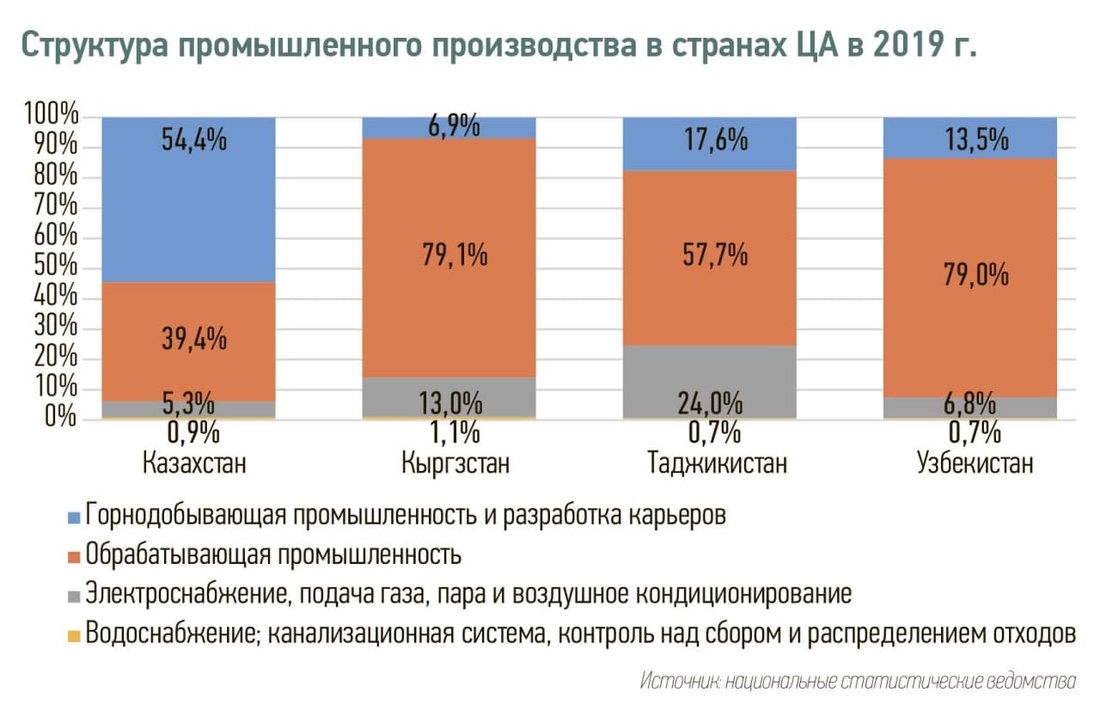
Services
The service sector is one of the most dynamically developing sectors of the economy of Uzbekistan. For 2016-2019 the sector grew on average by 12% per year. The largest areas are transport services, trade services and financial services. In the field of providing financial services, dramatic changes have been noted in recent years. So, if in 2016 financial services accounted for only 10.2%, then in 2019 - already 17.6%. The financial services industry is currently the fastest growing area in the services sector and has grown at an average rate of 31% per year over the past 4 years. Services in healthcare, architecture, communications and informatization, education, accommodation and food also grew at double-digit rates.
In general, the service sector is successfully developing in all countries of Central Asia. In the field of retail turnover, the highest average annual growth rates for 2016-2019 observed in Uzbekistan - an annual growth rate of 8% per year on average. It is followed by Tajikistan - 7.3%, Kyrgyzstan - 5.8%, Kazakhstan - 4.3%. When comparing the increase in turnover relative to 2000, Uzbekistan is also in the lead - the volume of retail trade increased 7.3 times, in Tajikistan - 7.1 times, Kazakhstan - 5 times and Kyrgyzstan - 4.5 times.
Foreign economic activity
Uzbekistan seeks to implement an export-oriented development model. In recent years, significant efforts have been made by the government in this direction. In particular, the level of barriers to customs clearance has been significantly reduced, the regulation of export prices for fruits and vegetables has been canceled, subsidies have been provided for the transportation of exported products by all types of transport, and much more. The measures taken allowed Uzbekistan over the four years under review to significantly increase exports by more than 1.4 times, from $ 12.1 billion in 2016 to $ 17.5 billion in 2019. sectors of the economy, modernization and re-equipment of production led to a significant increase in imports, which doubled over the period under review, from 12.1 to 24.3 billion dollars.
In general, the volume of foreign trade turnover of Uzbekistan during this time increased by 72.3%, while in Kazakhstan - by 57.4%, Kyrgyzstan - by 25.1%, Tajikistan - by 15.1%.
It is interesting to consider how intra-regional trade has changed in Central Asian countries in recent years. For example, Uzbekistan has declared the creation of a "security belt" around itself and the development of comprehensive cooperation with neighboring countries as a priority in foreign policy. For 2016-2019 the volume of Uzbekistan's foreign trade with Central Asian countries increased 2.1 times, from 2.5 to 5.2 billion dollars. In terms of countries, trade with Kyrgyzstan increased 5 times, Tajikistan - 2.5 times, Turkmenistan - 2.6 times, Kazakhstan - 1.7 times. The share of CA countries in Uzbekistan's foreign trade increased from 10.2 to 12.5%, in exports - from 11 to 14.9%, in imports - from 9.6 to 10.9%.
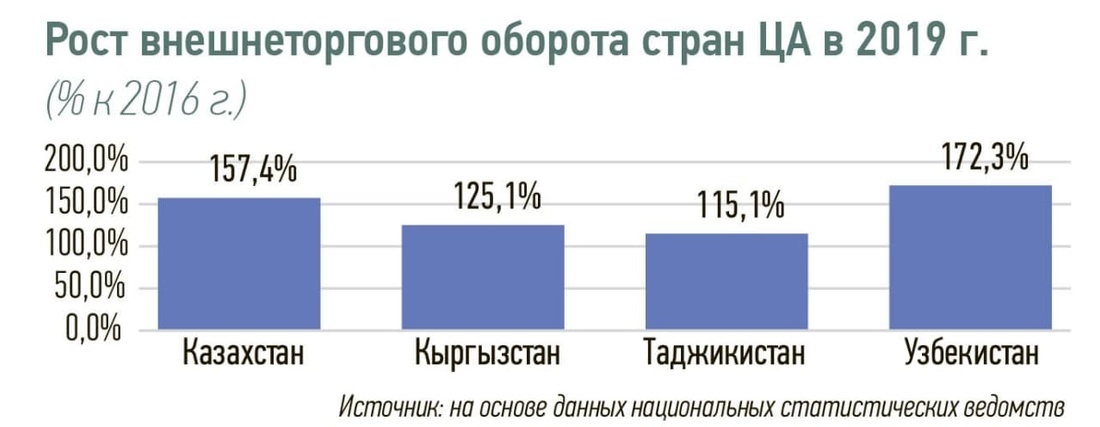
Similar tendencies for an increase in trade with neighboring countries are noted in other states of Central Asia. Thus, the volume of Kazakhstan's foreign trade with CA countries increased 1.7 times, and the share of CA countries in the total trade volume of Kazakhstan increased from 4.9 to 5.4%. Kyrgyzstan increased trade with CA countries by 51.3%, and the share of CA countries in the total volume of Kyrgyzstan's foreign trade turnover increased from 16.7% in 2016 to 20.2% in 2019. Thus, the Central Asian countries in recent years are actively building up mutual trade. It should be noted that in many respects the economies of the CA countries are complementary. With the realization of its economic potential, in particular, the establishment of the production of competitive products, similar to those previously imported from far abroad, the trade between the states of the region is also growing more and more.
Liberalization of the economy in international ratings
The change in the country's position in various economic international ratings is also one of the important indicators that give an idea of the development of economic processes in the format of global and regional comparisons. Rankings such as the World Bank's Doing Business and the Heritage Foundation's Index of Economic Freedom have a high degree of credibility and serve as a guide for foreign investors in investing in certain countries.
In all Central Asian states, governments are making efforts to create a favorable business environment and create attractive conditions for attracting investment. Much has been done in Uzbekistan in this direction in recent years. The bureaucratic procedures for registering and running a business are being simplified, the tax burden has been reduced, export operations have been facilitated, comprehensive programs of concessional lending and business subsidies have been launched. In the Doing Business rating, Uzbekistan over the past 4 years has improved its position from 87th to 69th place, and the overall score increased from 63 to 69.9, or 6.9 points. For comparison: Kazakhstan's position improved from 35th to 25th place, and the overall score increased by 4.5. Tajikistan improved its position from 128th to 106th place, and the overall indicator increased by 6 points. Kyrgyzstan, despite an increase in points by 2.6, worsened its position in the ranking from 75th to 80th place.
In the Index of Economic Freedom rating, Uzbekistan has also achieved noticeable results in recent years. In the overall ranking, Uzbekistan's position improved from 152nd in the 2018 report to 114th in 2020. The position of Kazakhstan in the same years changed from 41st to 39th place, while Kyrgyzstan, Tajikistan and Turkmenistan worsened their positions.
Thus, international ratings also record a significant shift in the field of de-bureaucratization and liberalization of the economy, the emergence of greater freedoms for domestic entrepreneurs and foreign investors.
Conclusion
This article considered only the main indicators of the development of the real sector of the economies of Central Asian countries during the period of active reforms in Uzbekistan. Given the historically established social orientation of the Central Asian countries, governments traditionally pay increased attention to the development of the social sphere, which was not considered in this material. In particular, in recent years, Uzbekistan has made significant efforts to improve living conditions and increase incomes of the population, improve the quality of education and health care and reduce poverty. Other Central Asian countries have also pursued similar policies in these areas.
As for the development of the real sector of the economy of Uzbekistan against the background of the development of the economies of the Central Asian countries, it should be noted that, judging by the indicators, the reforms are proceeding on the whole successfully, especially with regard to investments, the attraction of which, in fact, became the cornerstone in accelerating economic development. Naturally, a large-scale inflow of investments does not immediately produce an effect that will manifest itself in subsequent years. This is evidenced by numerous forecasts of international financial institutions, which predict in the long term economic growth of Uzbekistan at least 5.5-6.0% annually.
Meanwhile, the outbreak of the coronavirus pandemic negatively affected the economies of Uzbekistan and the countries of Central Asia. The economies of Kazakhstan and Kyrgyzstan are in recession, Tajikistan, Turkmenistan and Uzbekistan maintain positive growth rates for 9 months. International financial institutions give rather unfavorable forecasts for annual indicators. In particular, the IMF predicts that the economy of Kazakhstan will contract by 2.7% by the end of the year, and that of Kyrgyzstan - by 12%. The positive dynamics of the economy will remain in Tajikistan, whose GDP is expected to increase by 1%, Turkmenistan - 1.8%, Uzbekistan - 0.7%. The coronavirus pandemic has seriously undermined the entire system of the world economy and the countries of Central Asia. However, the created stability margin is expected to allow the Central Asian states to achieve positive dynamics already in 2021. Economic recovery and an increase in GDP in Kazakhstan by 3%, in Kyrgyzstan by 9% are forecasted. Tajikistan, Turkmenistan and Uzbekistan will increase their growth rates to 6%, 4.6% and 5.5%, respectively.
Regional comparisons
Economic Review No. 1 (251) 2021


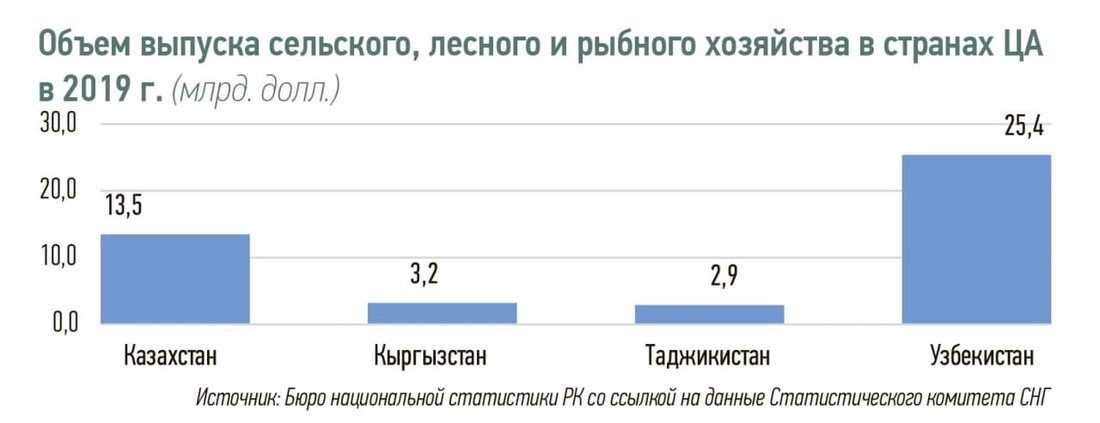
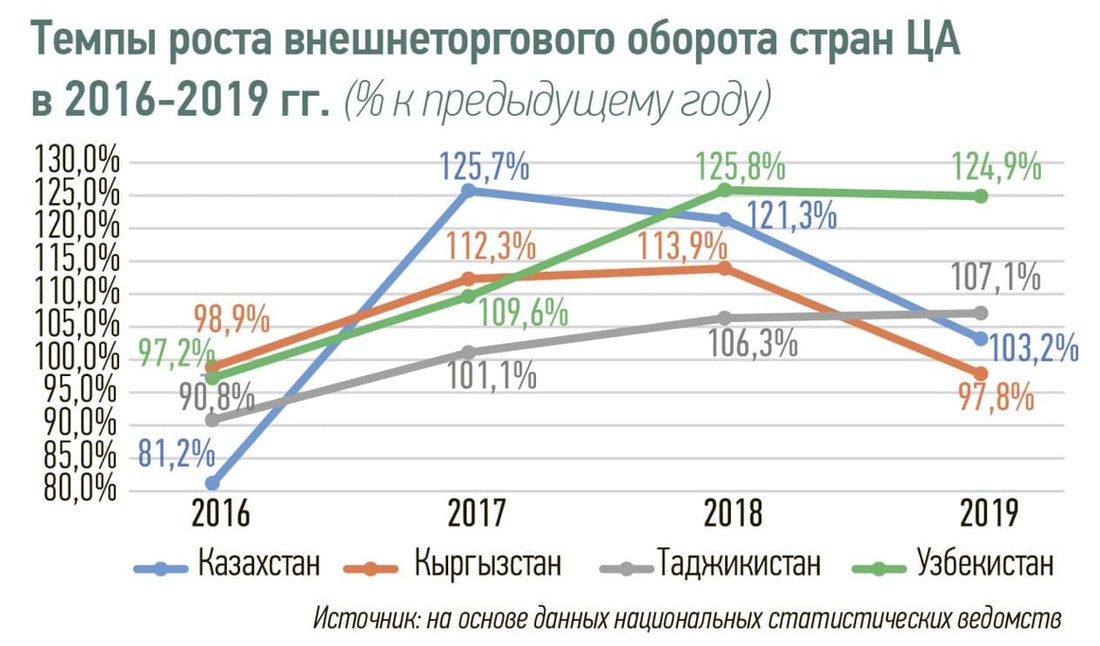
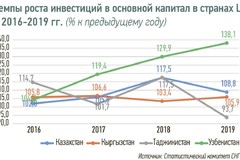
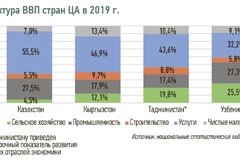
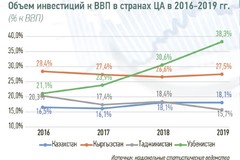
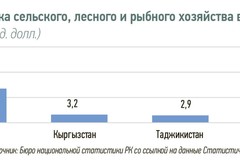
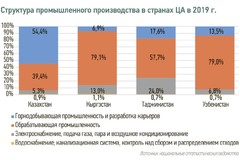
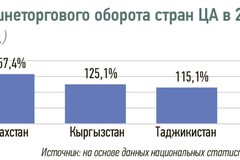
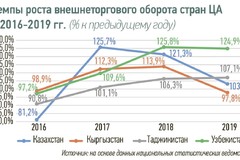
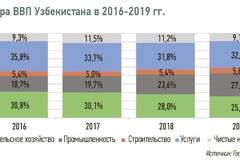



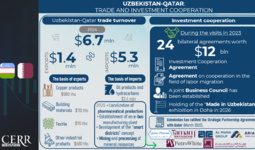
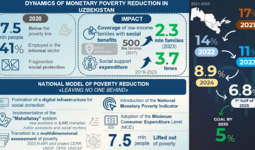
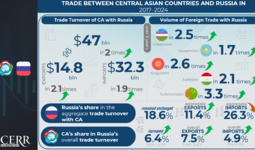













leave a comment